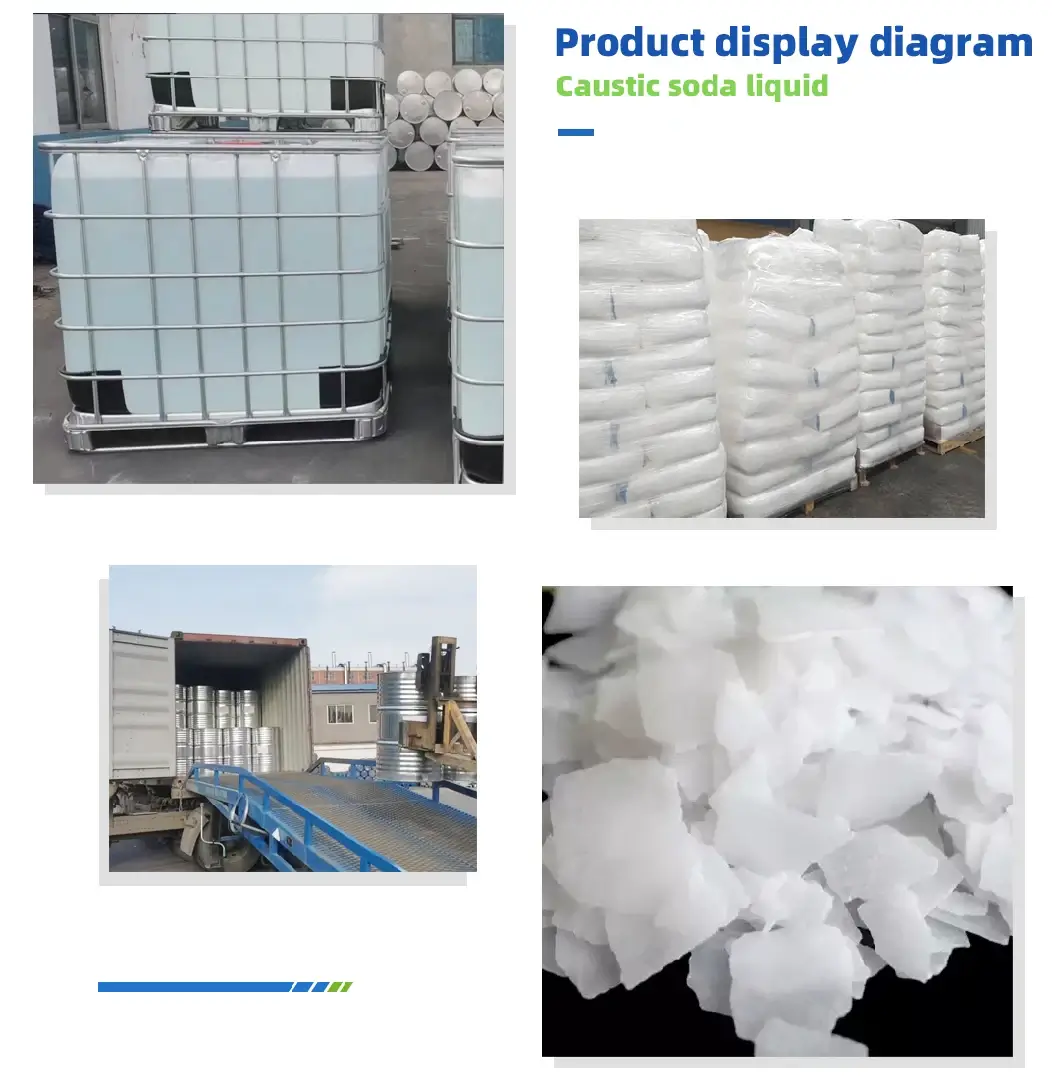Sodium hydroxide is commonly known as caustic soda, caustic soda, caustic soda, solid alkali, caustic soda, etc. Sodium hydroxide is a highly corrosive strong base, which is white crystal at room temperature, with a density of 2.130g/cm³ and a melting point of 318.4℃. The chemical formula of sodium hydroxide is NaOH. It is easily soluble in water and releases heat when dissolved. It has a corrosive effect on glass, fiber, skin, ceramics and other substances, and has very strong hygroscopicity.So what are the uses of caustic soda?
What role does sodium hydroxide play in sewage treatment
- Sodium hydroxide plays the role of acid-base neutralization and pH adjustment in sewage treatment.
- Sodium hydroxide plays the role of precipitating heavy metal ions in sewage treatment.
- Sodium hydroxide plays a role in assisting the removal of fluoride ions in sewage treatment.
- In sewage treatment, sodium hydroxide cooperates with polyaluminum chloride, polyiron, aluminum sulfate, and ferric chloride to form hydroxide precipitation.
Uses of caustic soda
- Basic chemical raw materials, used as high-purity reagents, are widely used in chemical, metallurgy, paper, petroleum, textile and daily chemical industries.
- It is used for acid calibration in analysis.
- Mainly used in mucilage rayon, synthetic fibers, dye intermediates, rubber regeneration, fabric bleaching and dyeing, paper making, soap making, leather making, etc.
- It is used as analytical reagent, saponification agent, absorbent for a small amount of carbon dioxide and water, and also used in the manufacture of sodium salt.
- It is used in textile, printing and dyeing, enamel, papermaking, synthetic detergent, pesticide, metallurgy, food, rubber and other industries.
- Basic chemical raw materials, widely used in chemical, metallurgy, paper, petroleum, textile and daily chemical industries.
- It is used in the production of papermaking and cellulose pulp; it is used in the production of soap, synthetic detergent, synthetic fatty acid and the refining of animal and vegetable oils. Textile printing and dyeing industry is used as cotton desizing agent, scouring agent and mercerizing agent. The chemical industry is used to produce borax, formic acid, oxalic acid, phenol, etc. The petroleum industry is used for refining petroleum products and in oil field drilling muds. It is also used in the production of aluminum oxide, metal zinc and metal copper surface treatment and glass, enamel, tanning, medicine, dyes and pesticides. Food-grade products are used as acid neutralizers in the food industry, peeling agents for citrus, peaches, etc., as well as decolorizers and deodorizers.
- As acid neutralizer, it can be used for peeling fruit in processing, and it can also be used as a detergent for containers such as empty bottles and cans. It can be used in moderation according to production needs.
Nine, widely used basic analytical reagents. Prepare standard lye solution for analysis. Absorber for small amounts of carbon dioxide and moisture. Acid neutralization. Manufacture of sodium salt. Calibrate instruments for determining molecular weight of polymer materials, evaluate measurement methods, and assign values to molecular weight properties of polymer materials.
Related reading links
Visit the caustic soda product page
Visit caustic soda Wikipedia




